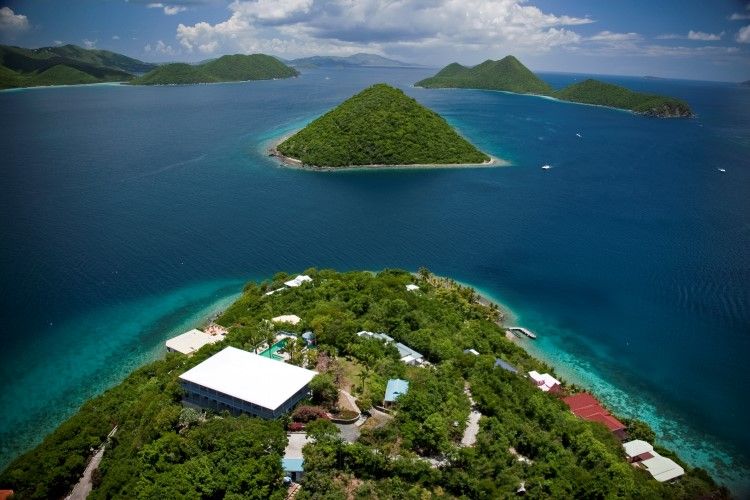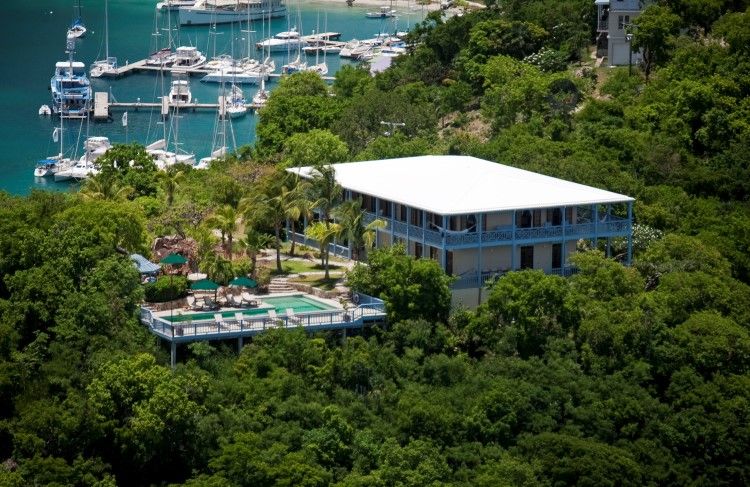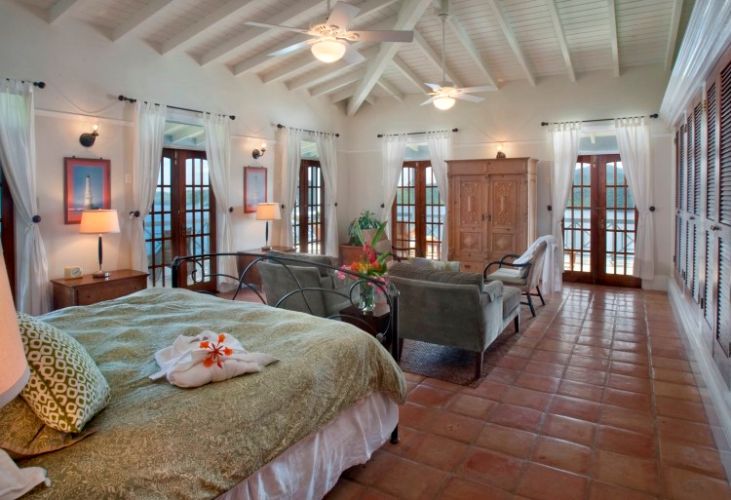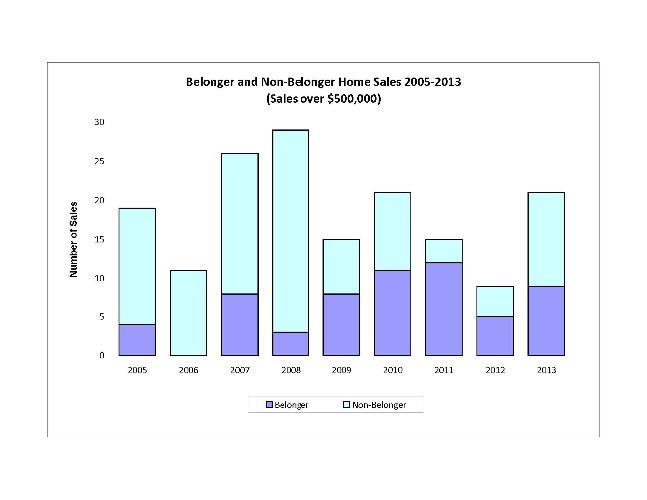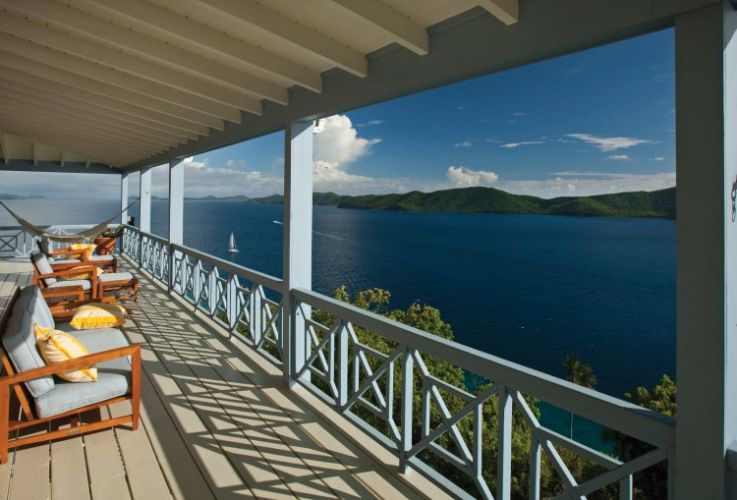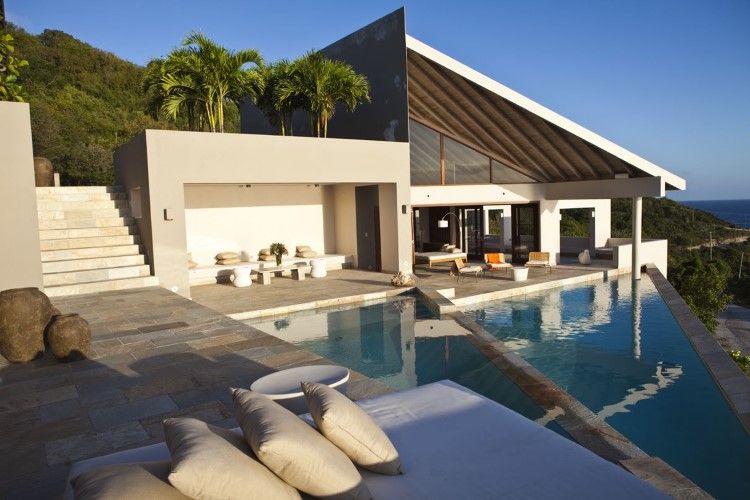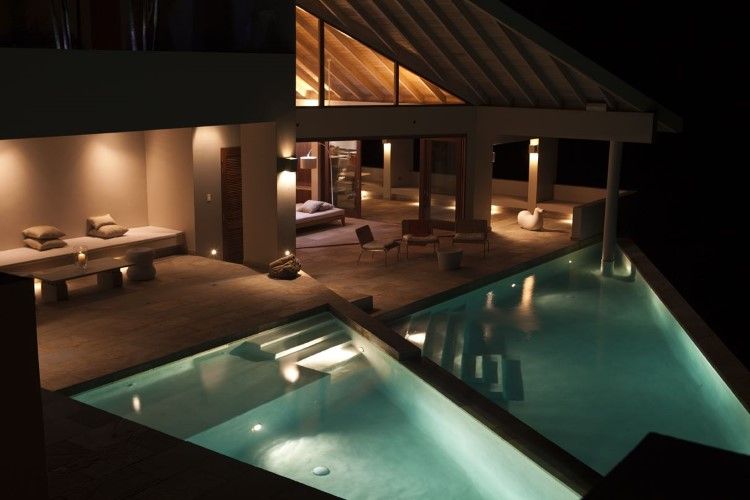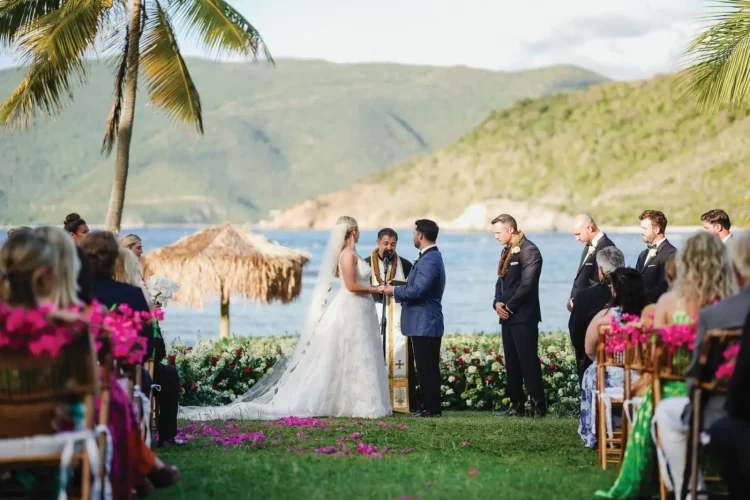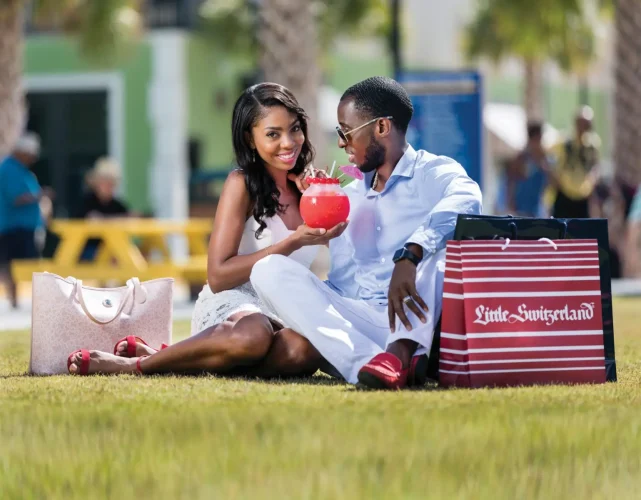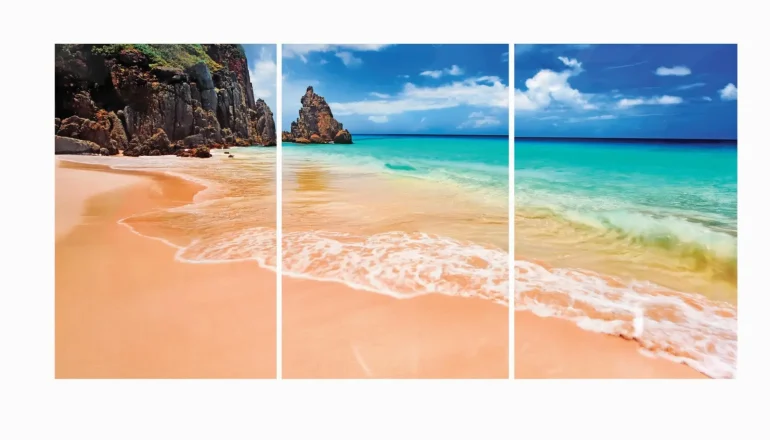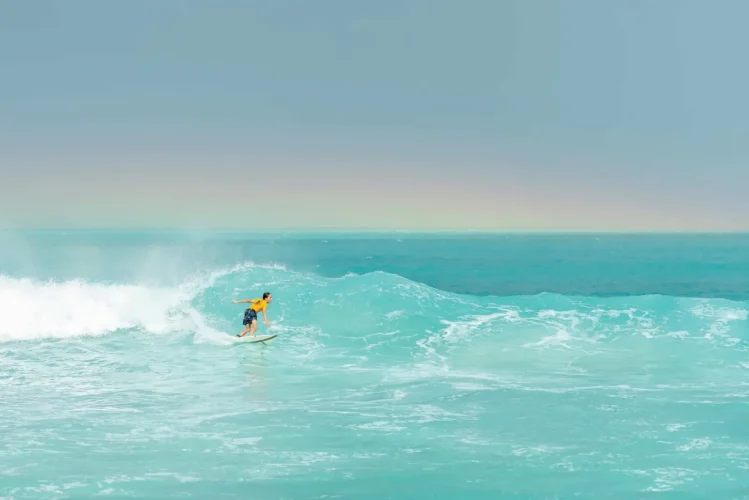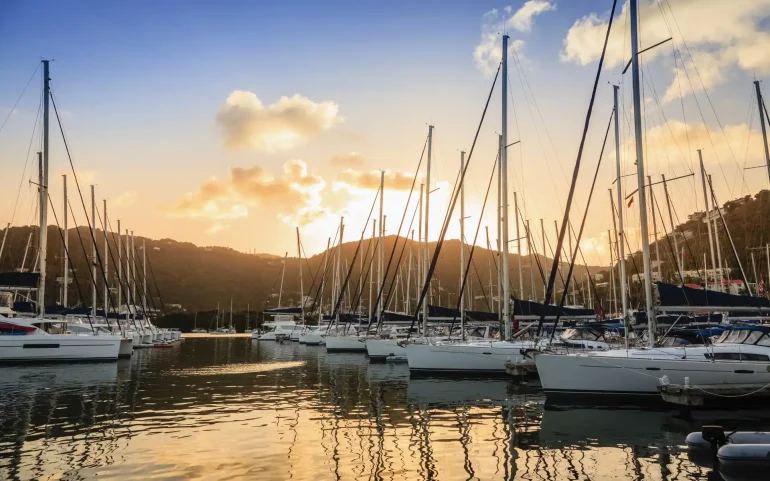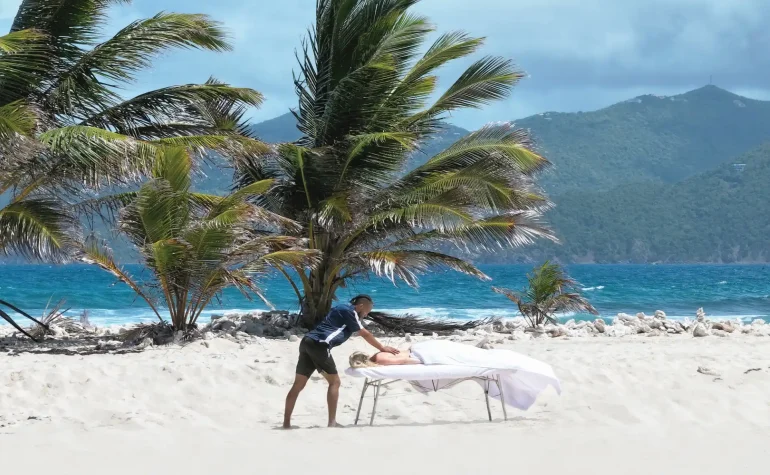Residential Sales in the BVI
Photography Courtesy of Smiths Gore
From the time we have been analysing house sales in the BVI, some interesting patterns have emerged reflecting changing market conditions.
First came the steady growth in sales until 2008, broken only by a decline in 2006 which likely reflected market reaction to the change in the rate of stamp duty from 8% to 12% in 2005.
First came the steady growth in sales until 2008, broken only by a decline in 2006 which likely reflected market reaction to the change in the rate of stamp duty from 8% to 12% in 2005.
At the peak of the market in 2008, reflecting contracts mainly signed in 2007, there were a total of 29 house sales (over the $500,000 threshold we use for our research) with a total transaction value of over $46M and a mean sale value of almost $1.6M.
By price category, there were fifteen sales under $1.0M, eleven sales between $1.0M ‐ $3.0M and three sales over $3.0M. Only three BVIslanders were represented amongst the 29 buyers.
Sales then fluctuated between 2009 and 2012, with a low reached in 2012 when only nine sales were recorded at a total transaction volume of just over $16M. The BVI property market had reached its low point which reflected similar market conditions experienced elsewhere in the Caribbean. If there was a positive trend to emerge from the changing market conditions, it was the rise of local investors who became the prevalent purchasers of houses under $1.0M.
[one_half_last]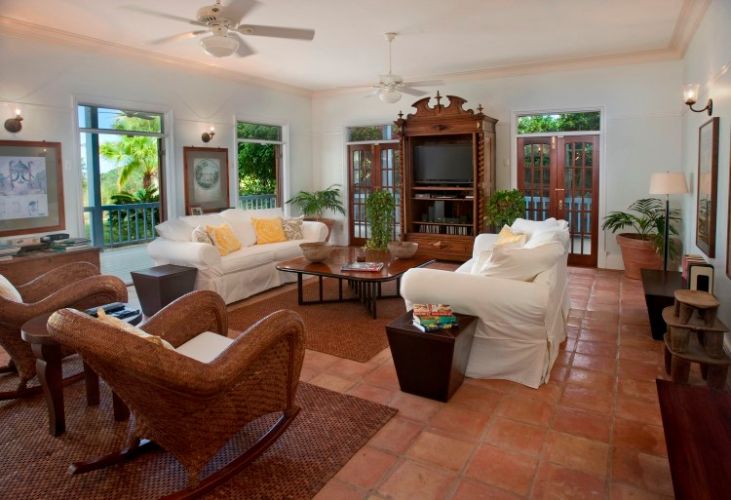
With the fall in the number of landholding licences being submitted, the time to process licences also fell from a wait of over twelve months at the peak of the market in 2008 to generally under six months by 2012.
Residential transactions for 2013 paint a different picture, with the total number of sales increasing to 21 with a transaction value of more than $27M. Local purchasers continue to be strongly represented in the market, purchasing 9 of the 21 homes sold in 2013 according to Land Registry information.
The mean value of homes sold in 2013 was $1.31M. Due to the small number of total sales, mean sale values can be influenced by one‐off, high end villa sales as is seen by the higher mean value achieved in 2012 where there were two sales above $3.0M but only five sales below $1.0M. Historic data is outlined in the tables.
[one_half_last]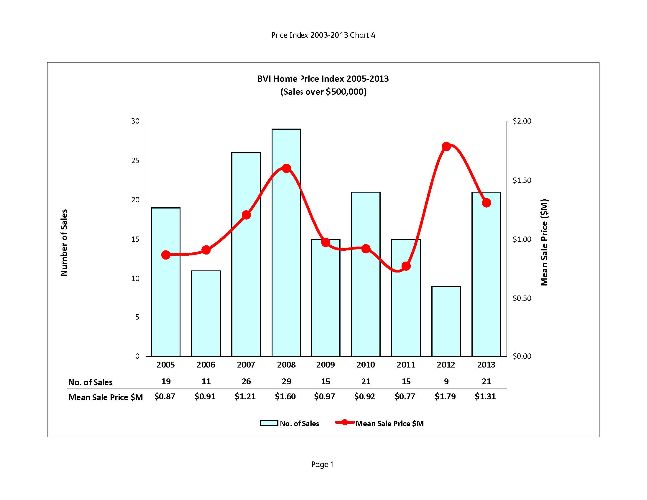
Analysing the sale of finished homes only provides a part of the picture of the real estate market in the BVI as land sales and new construction are also important. This is particularly the case in the North Sound area where the sale of land within resort communities has established North Sound as one of the leading destinations in the Caribbean.
The developments at Oil Nut Bay and Mosquito Island are setting new standards in regional resort residential communities and the sub‐division at Blunder Bay Estates is now underway as a smaller estate community designed to attract niche purchasers.
All three developments are primarily focused on the sale of lots although a limited number of finished homes are offered at Oil Nut Bay. The transaction sale volume of lots from these three developments alone will eclipse the combined sales transactions for finished houses in the remainder of the BVI.
[one_half_last]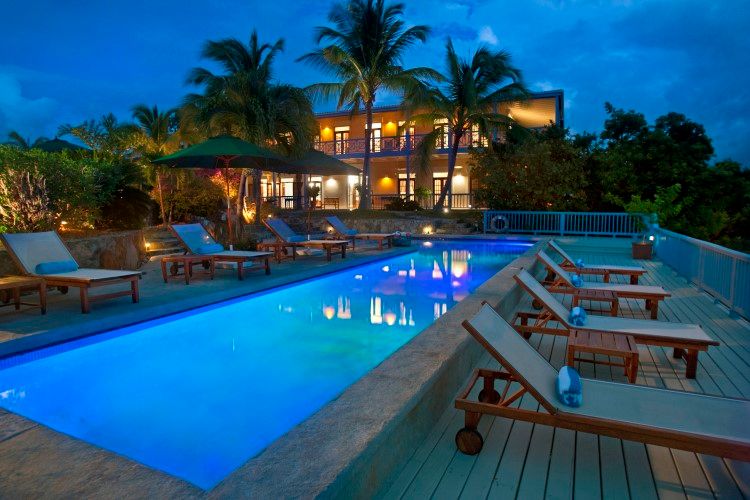
Elsewhere in the BVI, land sales have generally slowed as purchasers are now opting to acquire developed property which is more competitively priced.
In the growth years between 2004 and 2007, land sales were more prevalent as land prices had generally not increased at the same rate as developed property. Purchasers could sense that a profit could be made should they elect to sell on completion of construction.
There was also a strong market amongst Belongers and residents looking to establish a home, but who found purchasing developed property beyond their means as prices for houses increased with few properties available below $1.0M. With changing market conditions, this advantage disappeared with purchasers reverting to a preference for developed property where vendors have reacted by reducing asking prices.
[one_half_last]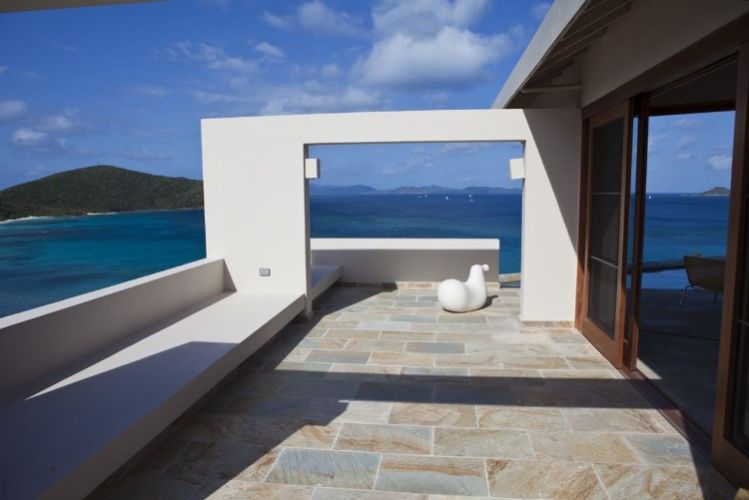
Looking forward as the 2013/14 high season draws to a close, this season has generally reflected the same level of activity as the previous year. Quicker approval times for land holding licences, combined with a more buoyant North American market, has led to a substantial increase in year on year sales between 2012 and 2013. However, the BVI is a small market and given the large inventory of homes available, for the time being, it remains a buyer’s market.
[ts_fab]
